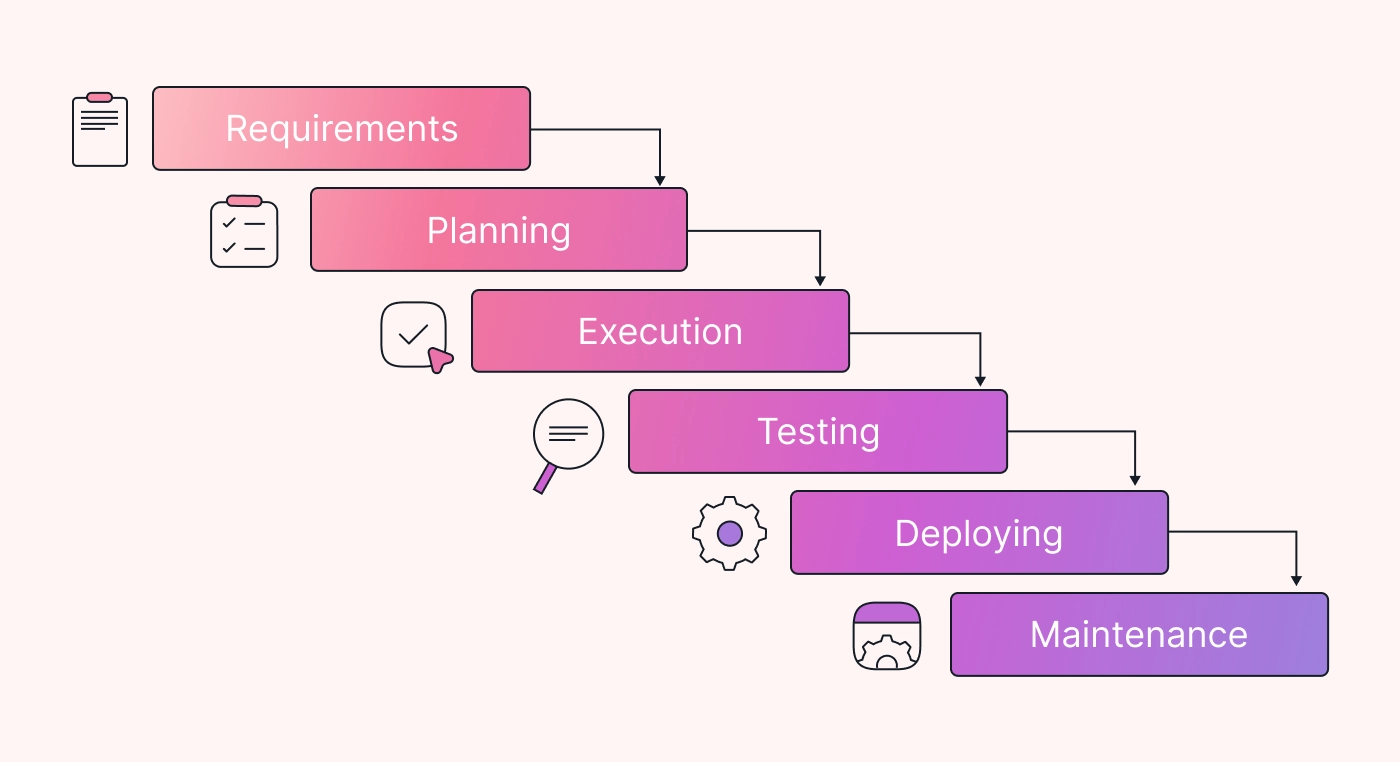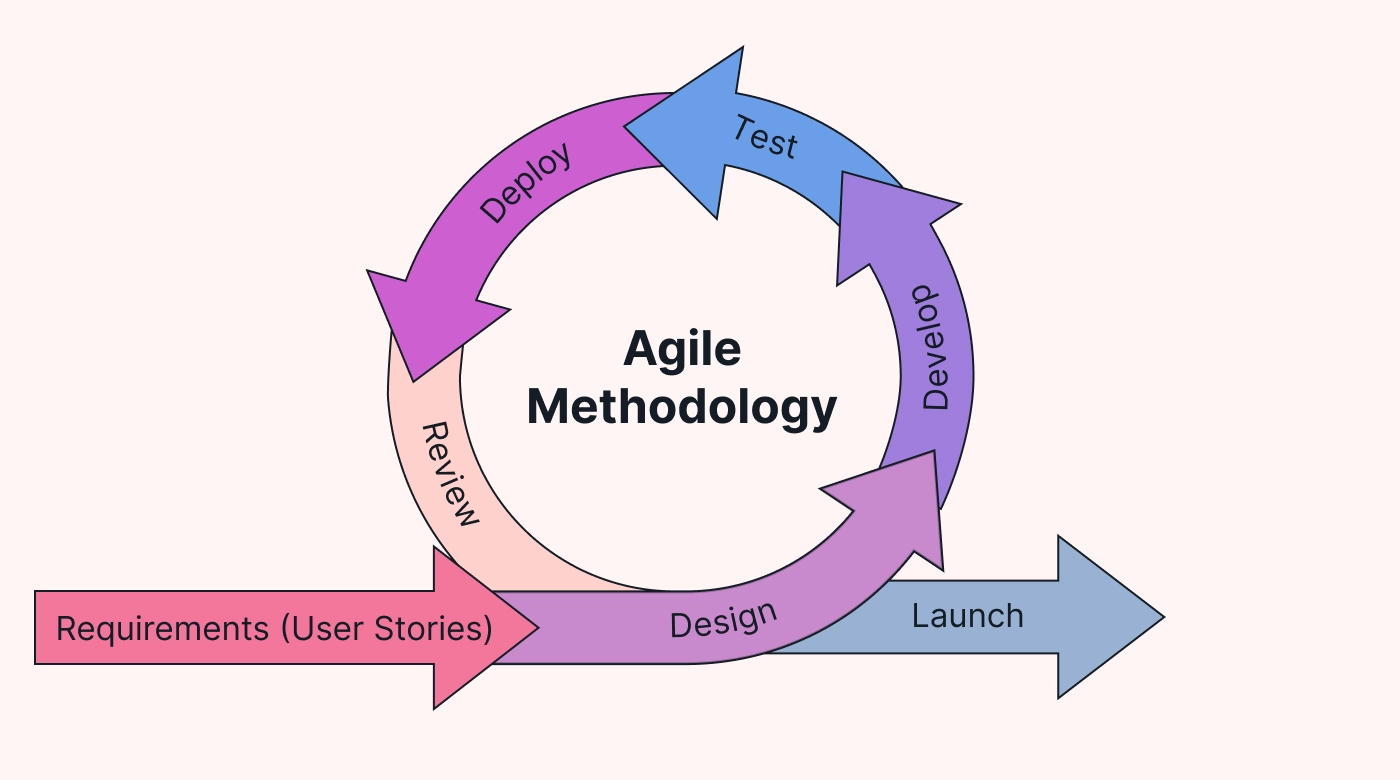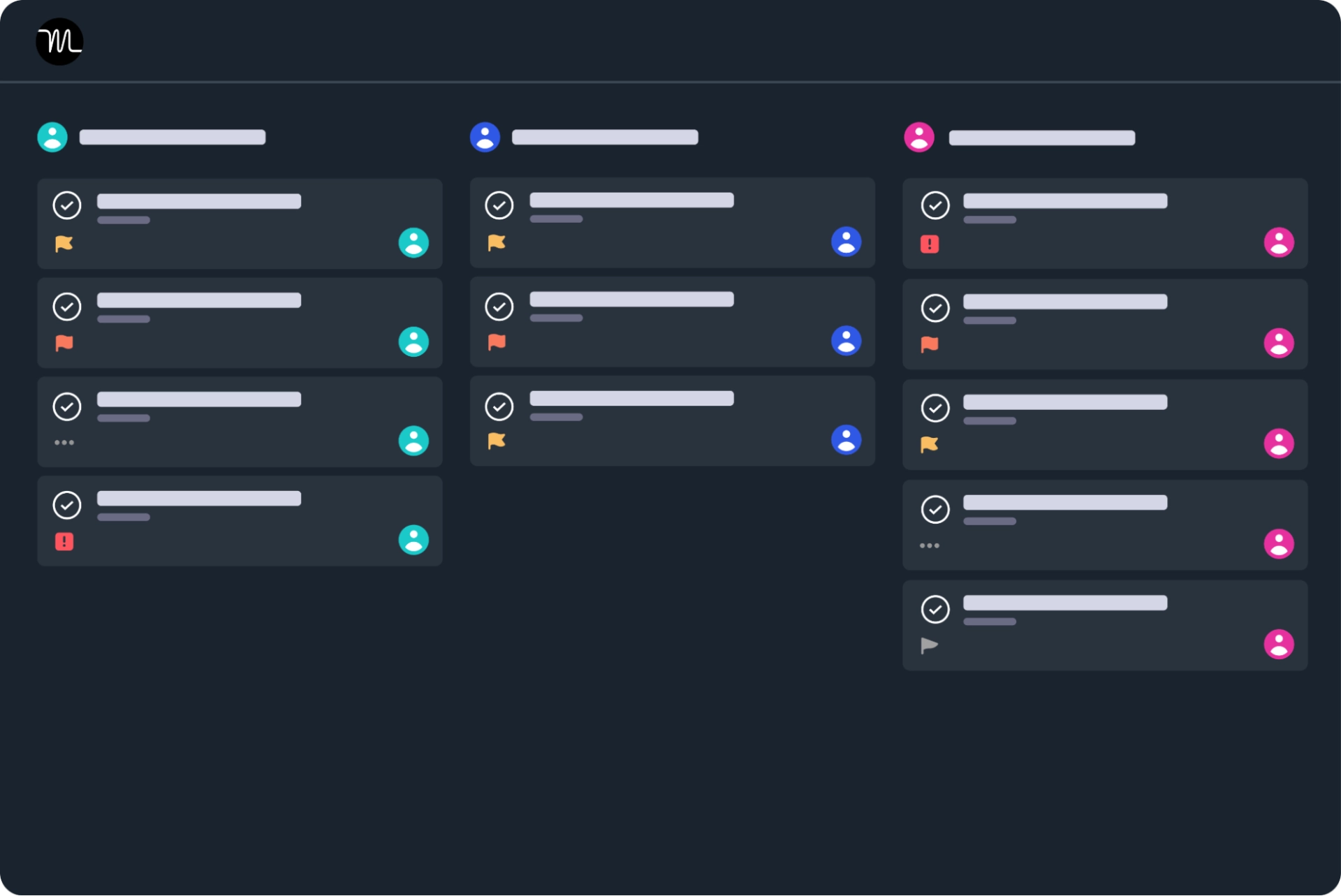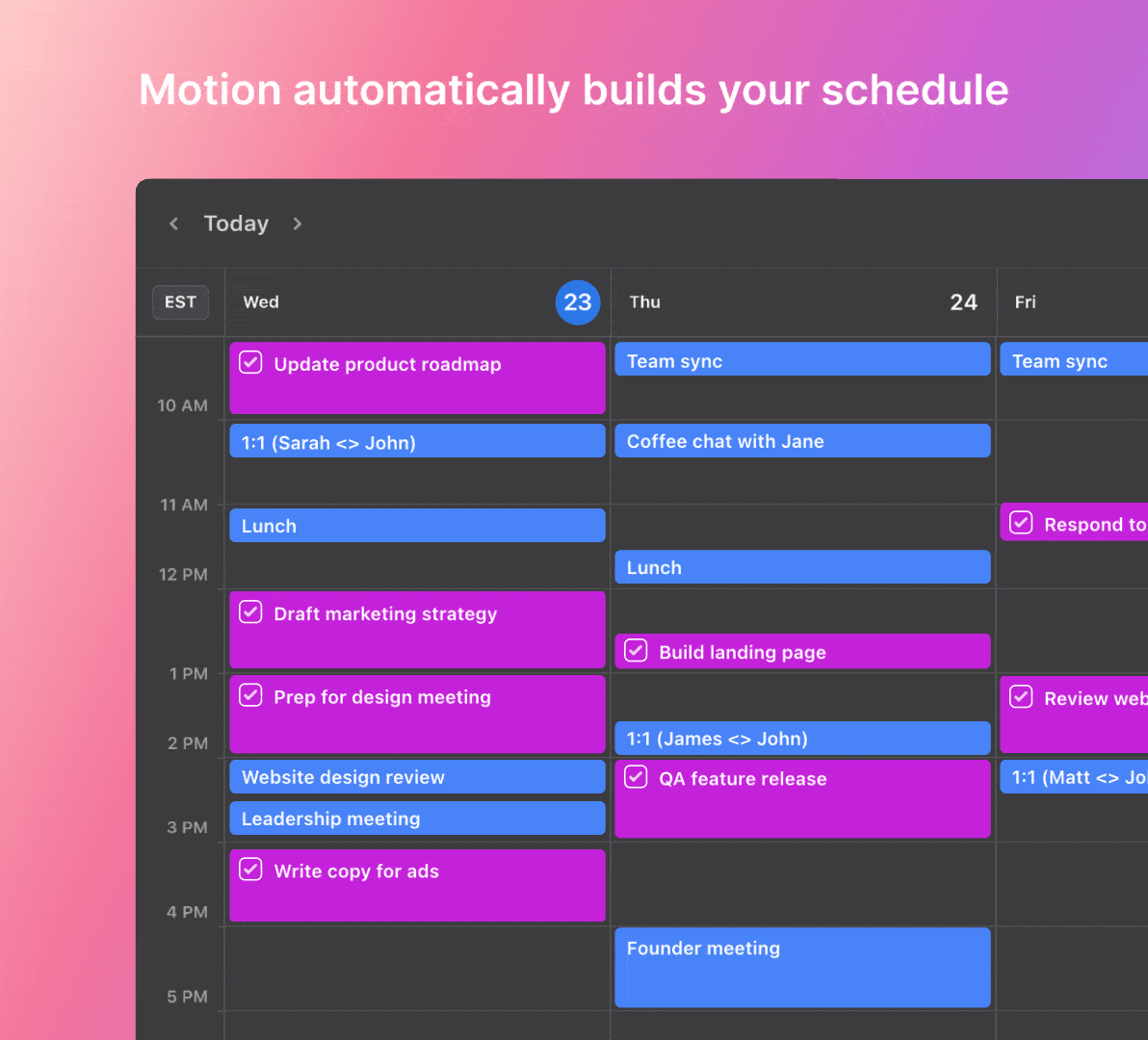“The world we live in is a world of opposites. And the trick is to reconcile those opposing things. I’ve always liked both sides. To appreciate one, you have to know the other,” David Lynch.
Now, let's step back into the real world. Let's talk about the two sides of project management methodologies.
Sequential and iterative methods have fundamental differences. Such contrasts can lead to confusion, missed deadlines, and even project failure. Learning about them is the first step to correct implementation.
If you’re a business owner or a project manager looking to implement features of both, then look no further. In this article, we’ll delve into what hybrid project management is. We’ll explain how it works and how it can help you achieve business growth or value delivery.
Two worlds
There’s a plethora of project management methodologies you can choose from. However, you can synthesize most into two main branches. They're usually called sequential (Waterfall) and iterative (Agile).
Waterfall: The traditional approach
A traditional approach like waterfall suits projects with precise requirements. Usually with a strict scope, timeline and budget, and a defined end product.
It’s ideal for scenarios where changes are costly and phases are sequential.
This approach suits projects where the deliverable comes as a single piece to be usable. Buildings, bridges, or airplanes are good examples of this. A waterfall model facilitates thorough documentation, straightforward task management, and clear milestones. It's a solid choice for the linear project life cycle. One that benefits from phase-by-phase progression with minimal alterations.
The Agile approach
An Agile model works well when deliverables can function in pieces. These projects are iterative because each piece provides value on its own and adds to what’s already been delivered. The feedback retrieved from the user often changes user stories and other backlog items, priorities, and project scope.
Agile tends to boost customer satisfaction rates by delivering value early and often. A recent study shows some interesting numbers. 70% of participants said Agile project management addresses evolving priorities. 65% said it enhances how information is shared within an organization. 65% said it reduces costs, improves agility, and increases the return on investment.
An Agile approach allows you to have a fluid scope. Meaning that it's adjustable to changes and it improves through continuous customer collaboration. As such, it delivers a product step-by-step while going through frequent feedback.
Scrum and Kanban are perfect examples of Agile-inspired project management frameworks. For instance, consider an Agile sprint in Scrum. The sprint finishes. Teams hold a sprint review meeting with the customer to present the results. In the meeting, the team receives feedback from the customer and takes their expectations into account. The team also assesses its process and applies any changes for the next iteration.
Depending on the project type and the nature of the deliverables, you might opt for a sequential methodology. Maybe, an Agile methodology would work better. Or you could be looking for a mix of both, called hybrid project management.
What is hybrid project management?
A key characteristic of a hybrid project management approach is its division of work. Sometimes, a single methodology might fall short. Hybrid allows you to implement the approach that suits the set of deliverables you’re working on.
Your approach to project management could be as follows. First, you might plan the scope in detail in accordance with the project Planning Phase using the waterfall model, as defined by the Project Management Institute. Then, part of the team skilled in Agile may develop some of the deliverables iteratively, perhaps some product features, or software modules.
The hybrid model assembles the structured aspects of waterfall project management and the adaptive practices of Agile methodologies. It brings together two worlds. Predictability and emphasis on documentation on one hand. Iterativeness, flexibility, and collaboration on the other. Hybrids don’t fuse methodologies. They rather select specific practices from one to enhance or complement the other. Specific parts of your team will work on specific deliverables using only one of the two.
A hybrid method is best used in two scenarios:
- When some deliverables must be complete, and others can be delivered iteratively. Take an IT project, for instance. The project involves software development (which includes regular feedback loops and being able to adapt) and infrastructure or hardware system deployment (which needs thorough upfront planning and has linear dependencies).
- When you need sequential, upfront planning before any work begins. If you were to take a road trip, you wouldn't arrange all the activities up front. Instead, you’d figure out which places to go based on weather, remaining budget, and local recommendations. You switch to an Agile approach when creating and rolling out the project’s parts (what side trips will we take today). This means the work (fun) is done in small, manageable pieces, allowing for changes and improvements (like adapting to local attractions and today’s weather).
Why is hybrid project management important?
Modern projects need a more sophisticated and adaptable project management approach. The hybrid model acknowledges that.
A study evaluated 477 projects across many industries. The results indicated that 52% of them used hybrid project methodologies.
Many organizations do specific projects in a totally Agile, or a totally sequential waterfall approach. But, since they do some each way, they consider themselves to be hybrid organizations. It’s a bit more complex when they choose to integrate both approaches into the same project.
They make these choices to adapt to different, more sophisticated processes. No industry is safe from the growing customer-centric trend. Stakeholders and customers need involvement in the development process more and more. So more organizations are choosing a hybrid approach to managing projects.
Benefits and drawbacks of hybrid project management
Hybrid methodologies can enhance project success when used appropriately. They provide significant benefits. These include flexibility, balanced risk management, increased stakeholder engagement, and efficient resource allocation.
However, the very foundations of Agile and waterfall contradict one another. For example, scope is strictly planned in waterfall, and any change must go through a formal change control process. Otherwise, you run into the dreaded scope creep monster.
Agile, on the other hand, develops scope in small increments, and scope change is expected and welcomed. In fact, the governing document outlining Agile’s values and principles prescribes, for example, “Responding to change over following a plan”.
A hybrid approach can lead to confusion over processes, expectations, documentation practices, and project activities. Understanding and adapting to these conflicting approaches is necessary for success with hybrid approaches.
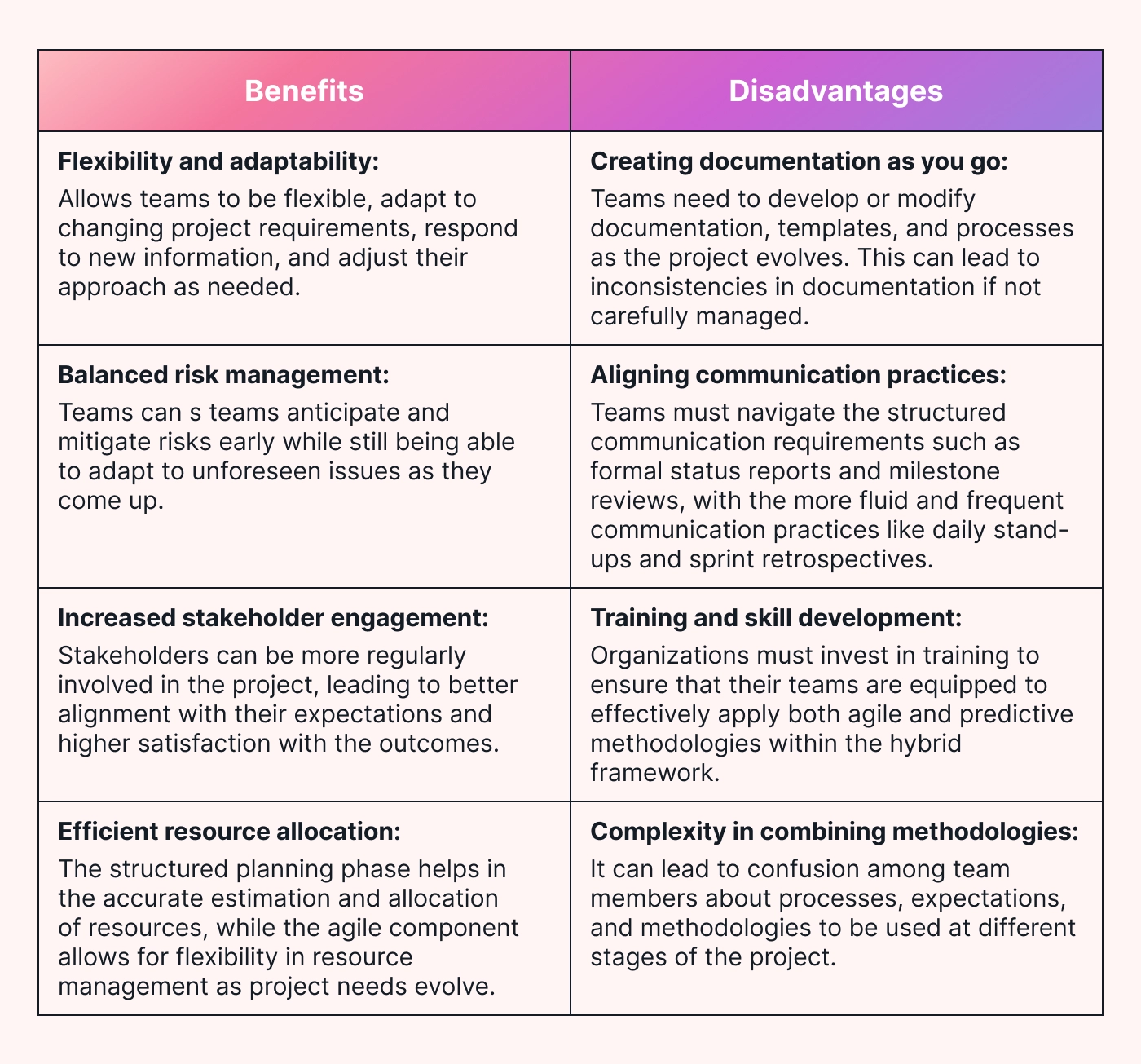 |
The Agile Manifesto, which defines modern Agile practices, was created under the precepts of iteration and flexibility. The software developers who wrote it wanted to emphasize adaptability, informal communication and a responsive approach to project changes.
On the other hand, the PMBOK, a guide published by the Project Management Institute (PMI), provides a structured, comprehensive framework for project management. It emphasizes detailed planning, formal documentation, and established communication lines.
Together, the flexibility of the Agile Manifesto and the structured framework of the PMBOK ensure alignment of stakeholder expectations and efficient project execution.
How to implement a hybrid approach (with an example)
To give you a hybrid project management example, consider the development and launch of a new smartphone with its own OS.
Gather requirements and establish project scope
- Engage with stakeholders to understand their needs and expectations.
- Define the project scope. Include objectives, deliverables, and boundaries. (Project Management Institute's standards come in handy at this point).
The hardware team consults market analysts, engineers, and potential customers. They discern the desired features and technical specifications. Simultaneously, the software team conducts surveys and focus groups. Like this, they determine the functionalities and user experience expectations for the OS.
Plan and design using Waterfall methodology
- Develop the high-level project phases, mapping out how each one contributes to the overall project goals.
- Create a detailed schedule with tools like Gantt charts or project management software. This will help to outline the timeline for each phase and its associated tasks.
Hardware development follows a Waterfall approach. Based on the gathered requirements, the team develops a detailed project plan. The plan includes design specifications for the smartphone's physical components, such as the screen, processor, and camera. This phase is critical as changes later in the process could be costly and time-consuming.
Implement waterfall methodology for hardware development and execution
Such a process embodies traditional methods for planning scope requirements, schedule and budget. During the Execution phase of the project, the hardware development proceeds in the sequential tasks as planned.
Implement Agile methodology for OS development and execution
- Divide the development phase into smaller, manageable iterations or sprints.
- Develop, test, and refine project components within each sprint, incorporating stakeholder feedback.
This is where Agile teams shine. During the project Execution Phase of waterfall, the development of the software proceeds in an Agile manner. Software development could be divided into two-week sprints. The team then would define the goals and select the list of items from the product backlog to work on, from which the sprint backlog would be created. The team then works on all the tasks they've agreed to complete during an upcoming sprint.
The software team would focus on creating a minimum-viable product (MVP). Then, they'd add features based on user feedback and an established product backlog. After each sprint, the team would give a demonstration. They’d show the newly developed features. The group of stakeholders would give them feedback. Lastly, the team would use the feedback to inform the next sprint's priorities.
Create a documentation and communication plan
- Provide training sessions. Ensure all team members understand the hybrid method and their roles within it.
- Ensure stakeholders are aware of the iterative nature of the project and how it’ll be managed.
The company conducts training sessions for both the hardware and software teams. The project manager ensures they understand their respective methodologies and how they intersect. The hardware team, for example, should know the importance of meeting predetermined milestones. So, they don't delay the software team's Agile cycles.
The project manager would schedule regular updates to keep stakeholders informed. Sprint reviews take place at the of each sprint. Then, stakeholders can provide feedback during sprint review meetings. Such a plan ensures all project participants are on the same page.
For documentation and communication, the two approaches should be understood and modified. For example, the content of the weekly or monthly status reports from waterfall will need to be adapted and the agile team would need to provide content from sprint progress. And the teams involved would each need to adapt for the hybrid approach.
Monitor and adjust
- Track progress against the high-level plan and make adjustments as needed.
- At the end of each sprint, review completed work with stakeholders. Ensure alignment with project goals.
As the hardware nears completion, the software team prepares the initial version of the OS for launch. The project manager tracks the integration. The Agile-developed software must operate with the Waterfall-developed hardware. The company launches the smartphone. The software team continues to release OS updates based on the product backlog and user feedback.
Use project management software
It’s not mandatory. But if you care about schedule, budget, and scope, then why wouldn’t you use one?
Project management software gives you a holistic view of your project. It optimizes resource allocation and utilization. It centralizes task information, removing unnecessary strain when collaborating among team members. Also, such a tool improves planning and scheduling. It makes task assignments and progress-tracking as easy as it can get.
Both hardware and software teams coordinate their tasks, timelines and objectives with Motion. Motion can handle waterfall and Agile scheduling, as well as integrate non-project work. Motion serves up all work through its intelligent calendar, automated scheduling, and collaboration platform.
There are many hybrid approaches
Assembling of two (or more) separate methods creates a hybrid approach. Many different types of project management frameworks exist to cover specific needs. This realization created various hybrid approaches, each tailored to meet specific project attributes. Here are some of the most famous ones.
Scrumban
Scrumban allows you to pull work according to your capacity instead of having tasks assigned to you at the start of a sprint. From Scrum, it keeps sprints for iterative development. From Kanban, it adopts two essentials. The characteristic visual workflow and limited individual workloads. This design prevents overloading and identifies bottlenecks.
Lean + Agile
The Lean-Agile hybrid leverages Lean’s flow optimization and waste reduction. Furthermore, Agile’s customer-centricity promotes efficiency and value delivery. Lean-Agile focuses on doing only necessary things. Team members remove “impediments” like documentation, meetings, and features if necessary. Continuous improvement, or Kaizen, encourages regular reflection. These practices aim to deliver higher quality and reduce bottlenecks.
PRINCE2 Agile
PRINCE2 Agile incorporates PRINCE2’s clear structure, governance, roles, and responsibilities and Agile’s emphasis on learning from experience. It also introduces the Hexagon Model. This model balances six key project attributes. Quality, scope, risk, benefit, time, and cost. While time and cost are fixed, the rest are flexible. This integration supports Agile practices like Scrum and Kanban.
Motion can handle waterfall, Agile, and a mix of both
Whether you’re a business owner or a project manager, implementing a new methodology can take a great deal of time and energy.
Motion offers an intelligent calendar, automated scheduling, and a real-time collaboration platform. It allows you to control everything from one app. For Agile, waterfall or hybrid teams, this is ideal. You can use Motion to plan sprints or stay aligned to sequential or dependent tasks in the project scope.
Suppose you’re implementing a predictive methodology. Motion’s AI optimization feature can help you with detailed scheduling and resource optimization. It'll take the tasks, resource assignments, dependencies, priorities, effort and deadlines you provide. After that, it'll optimize everyone's calendars. If new activities come up, it'll re-optimize task schedules.
Also, Motion can tell you when it can’t meet a deadline, so you can adjust. It also won’t over-allocate your team. Or you. It knows everyone’s available time.
For hybrid methodologies, Motion’s versatile project management features have your back. It can handle waterfall’s detailed planning and Agile’s iterative execution. Motion suits projects regardless of which approach you choose.
Take advantage of Motion’s features. Start your free trial today!

Josue Valles is a writer with over ten years of experience. He loves simplifying complex topics and sharing his knowledge and insights online.

